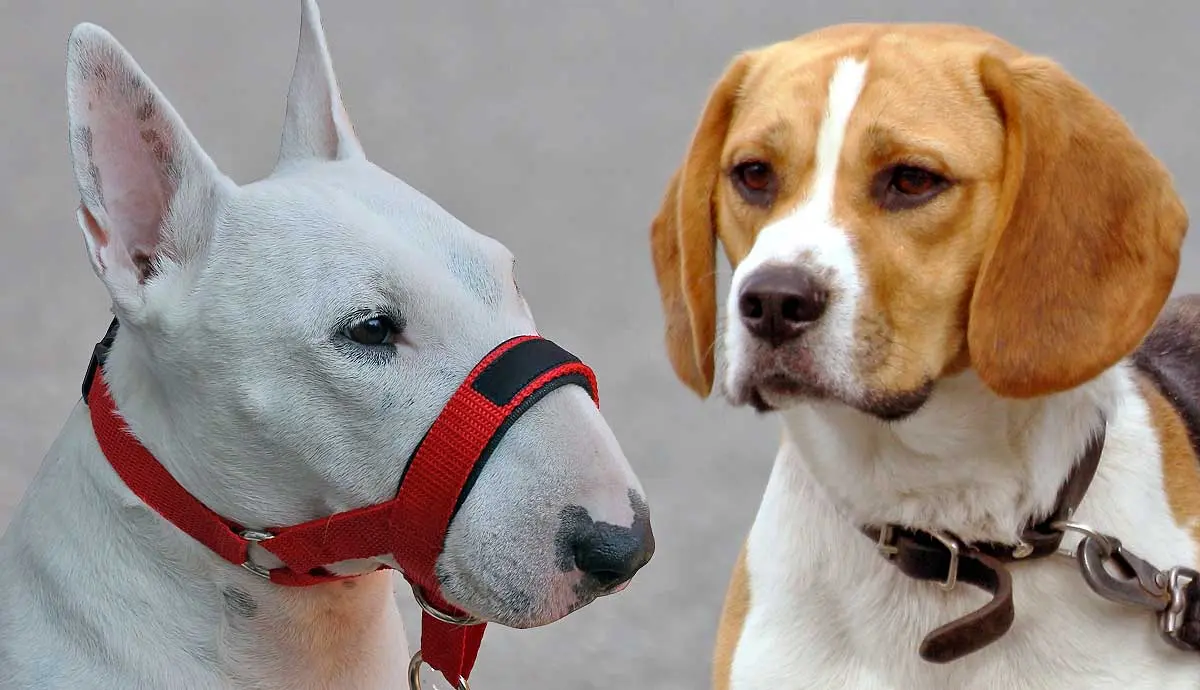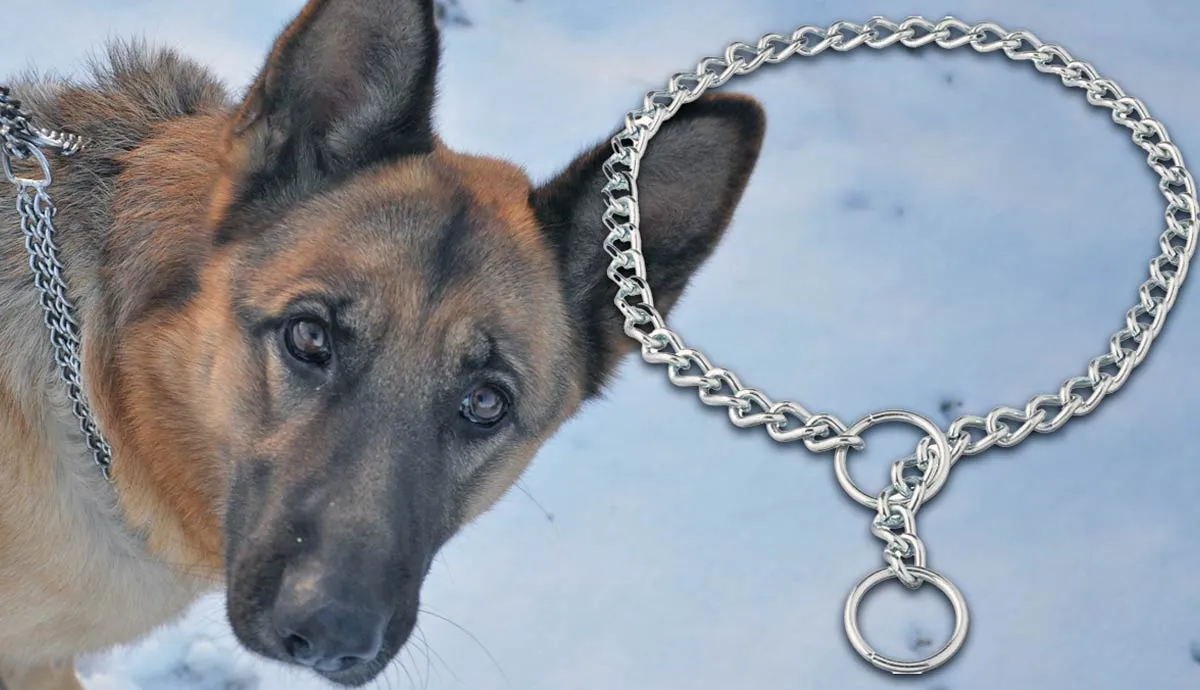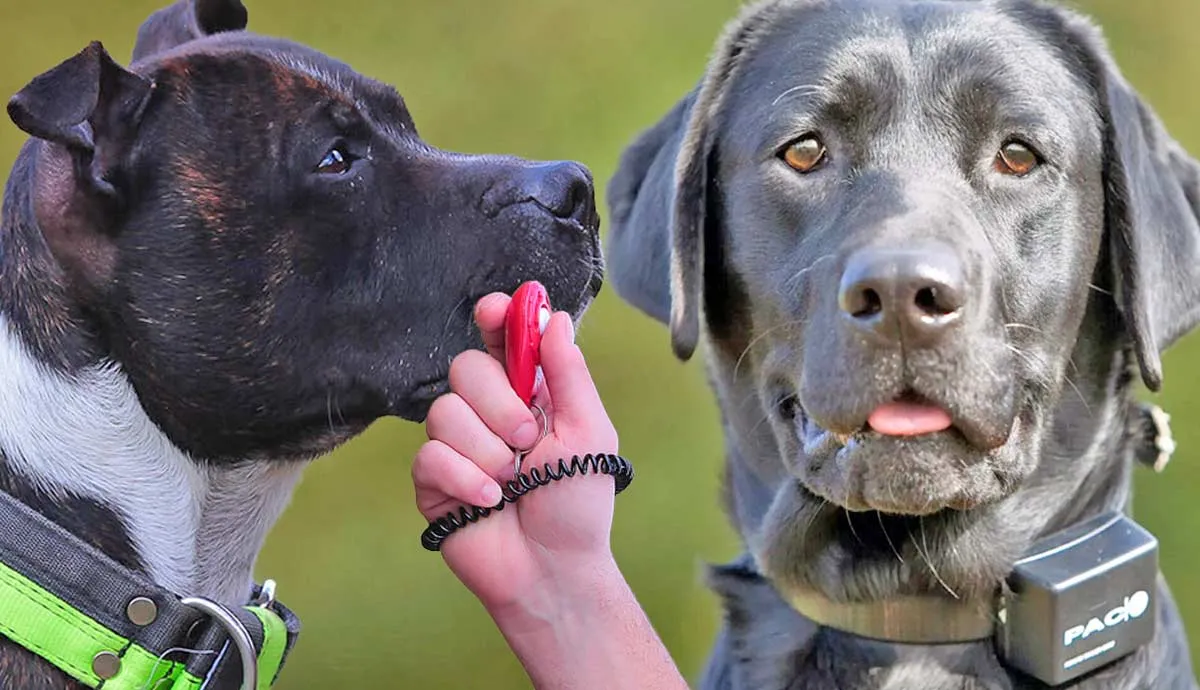Dog collars are at the top of the list for dog supply basics, but choosing the right one isn’t so simple. Some types are better than others, some work better in certain situations, and some shouldn’t be used without strict supervision from a professional.
In this article, we explore 7 collar types you’re likely to find at any pet store, explaining how each one works and which situations they’re best for.
Flat Collars

Most dogs have worn a flat collar at least once in their life, and this is the most readily available collar type out there. These simply snap or buckle around the neck, and most feature a D-ring or other fastener to attach custom ID tags and a leash.
Flat collars are usually made of nylon because they’re cheap, sturdy, and easy to clean, but other materials may be used. These include:
- Leather
- Synthetic Rubber
- Rope (common to prevent matting on long-furred breeds)
Most dogs do well with a flat collar, and even owners who choose a harness for walking may use a flat collar to keep ID tags secure.
Martingale Collars

Martingale collars are similar to flat collars, but they feature a secondary loop that tightens slightly when applying pressure. Also known as limited slip collars, these are a popular choice for breeds that have necks wider than their head (like greyhounds and other sighthounds, who may easily slip out of a traditional collar) or for distributing pressure more evenly than the traditional flat collar.
When properly fitted, a martingale collar may provide greater control without choking the dog. It should fit high on the neck, just below the jaw bone, and not tighten enough to cause tracheal distress.
Martingale collars usually slip-on, but a few brands feature buckles to make them easier to use and fit properly.
Slip Chains
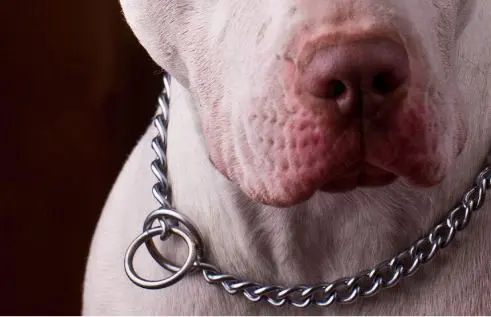
Unlike the martingale collar, there is nothing to prevent a slip chain from tightening completely. These collars are commonly referred to as “choke chains” because they can pull tight enough to choke the wearer.
Many behaviorists and veterinarians do not recommend slip chains because of harmful risks like:
- Musculoskeletal damage
- Fatal strangulation
- Development of tracheal issues (especially for small breeds)
While they were once a popular training tool, the shift towards positive reinforcement over correction has shifted the industry recommendation away from slip chains.
Prong Collars
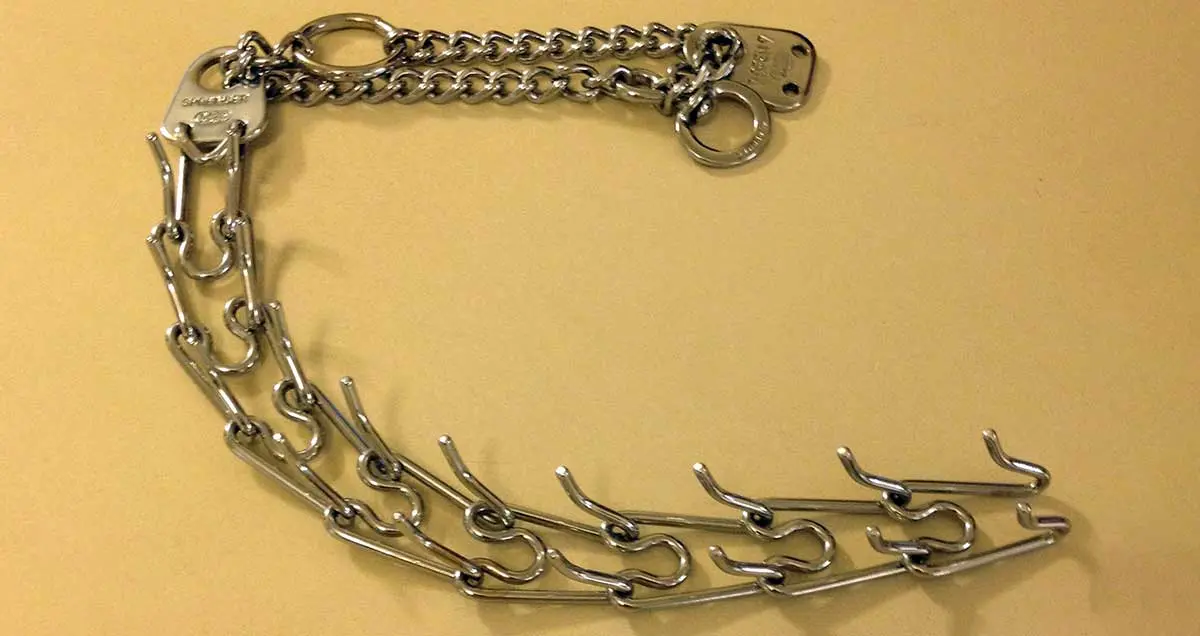
Both metal and plastic prong collars work by applying pressure to the neck and correcting unwanted behavior, such as pulling. These are a controversial training tool, with some claiming a properly fitted prong is less harmful than a flat collar and others warning against the use of any aversive tools.
Regardless, prong collars can be difficult to fit correctly and should only be used under the direction of an experienced trainer after. Owners should consider other downsides, such as their dog learning to only stop pulling when wearing a prong collar, before resorting to this tool.
Head Collars

The canine headcollar resembles a horse’s halter and provides a similar level of control. While they look like muzzles, they do not inhibit biting, eating, panting, drinking, or barking when properly fitted.
Head collars can provide a greater deal of control when leash walking, but they’re not recommended for dogs that tend to dart after triggers or dogs with existing neck injuries or tracheal collapse. Some dogs may not be able to get past the learning curve, as a headcollar applies pressure to sensitive parts of their muzzle.
It can take weeks for a dog to get used to the sensation of the headcollar, but after this, handlers find it much easier to redirect their dog and encourage positive behaviors.
Electric Collars

Also known as “shock collars” or “e-collars”, electric collars are another controversial training tool. At their most basic level, these electronic collars emit some sort of stimulus (a shock, vibration, or foul smell) to redirect canine behavior.
Some use these as an aversive training tool to punish unwanted behavior, such as barking or jumping. Others use the e-collar to reinforce behaviors at a distance, such as using a vibrating stim to signal a recall.
There are plenty of studies on e-collar use; doing your own research on best practices and working with an experience training is the best way to ensure this is the right tool for you.
Smart Collars
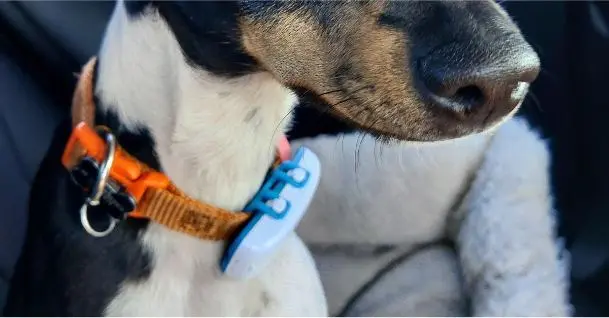
Smart collars are a relatively new technology, and some smart trackers may simply attach to your existing collar. Features vary depending on the brand you choose, usually involving one or more of the following:
- GPS tracking
- Changes in behavior
- Exercise tracking
- Smartphone compatibility
- Training assistance
Because no two smart collars are the same, it’s essential to research details like connectivity (i.e. wi-fi, Bluetooth, radio frequency), subscription-based services (and recurring fees), and reliability.
